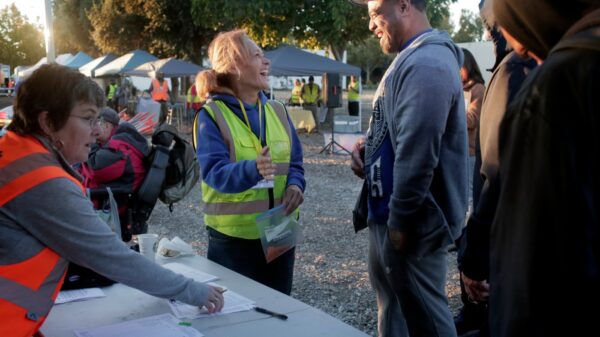UPDATE: New reports reveal that Uber received more than 400,000 complaints of sexual assault or misconduct against its drivers in the United States between 2017 and 2022—a staggering rate of one incident every eight minutes. This shocking data, uncovered in unsealed court documents, significantly exceeds the 12,522 incidents the company publicly disclosed, igniting outrage as victims seek justice.
The New York Times reports that over 2,300 victims have come together in a consolidated lawsuit, alleging Uber neglected safety protocols, failed to screen drivers adequately, and prioritized profits over passenger safety. The cases are set to move forward in San Francisco federal court, with the first trials scheduled for December.
Uber is facing intense scrutiny as these revelations challenge its long-standing claims of being a safe transportation alternative. Victims’ allegations include a harrowing December 2023 incident in Houston, where a woman reported being raped by her driver after a ride that was supposed to last 22 minutes ended five hours later at a motel. Automated alerts sent during the ride went unanswered, raising serious concerns about Uber’s safety measures.
While Uber asserts that the majority of reported incidents were minor or unverified, Hannah Nilles, Uber’s head of safety for the Americas, indicated that approximately 75% of these reports involved less severe complaints, such as inappropriate comments or unwanted attention. However, the lack of independent auditing raises questions about the accuracy of these claims.
The court documents also highlight a troubling trend: despite developing advanced safety technologies, including the Safety Risk Assessed Dispatch (S-RAD) system designed to prevent assaults, Uber failed to implement effective safety reforms. Internal documents revealed that the company prioritized growth and lawsuit avoidance over comprehensive safety measures. In one case, a driver with a history of misconduct was allowed to complete a ride despite multiple complaints against him.
Uber’s safety decisions appear to be influenced by business strategies, which prioritize user growth and cost-saving over passenger protection. A 2021 internal memo stated, “Our purpose/goal is not to be the police,” showcasing a troubling mindset within the company.
Nilles contends that Uber’s data for 2023 will show a decrease in serious assaults, claiming the company has invested billions in safety improvements and reduced serious assault rates by 44%. Despite these claims, the lack of recent data raises concerns about ongoing safety issues within the ride-hailing service.
As the trial date approaches, the public is left to grapple with the implications of these findings. Uber’s accountability is under intense scrutiny as it faces the reality of its past practices and the risk to passenger safety. The question lingers: will Uber finally prioritize the safety of its riders, or will profit continue to overshadow responsibility?
The urgency of these developments cannot be overstated. As the legal battle unfolds, more victims may come forward, and the outcomes could have significant implications for ride-hailing services and passenger safety across the country. Stay tuned as this story develops.







































































